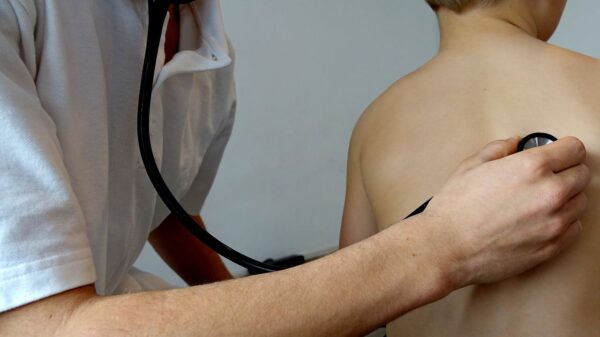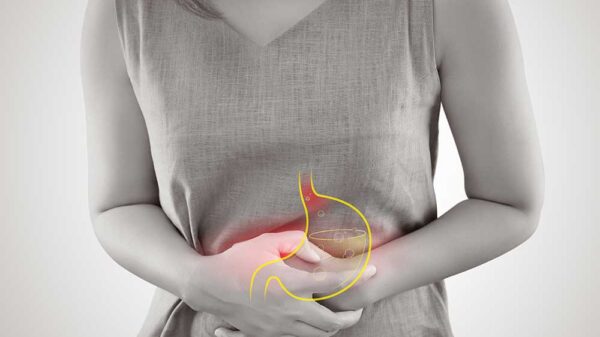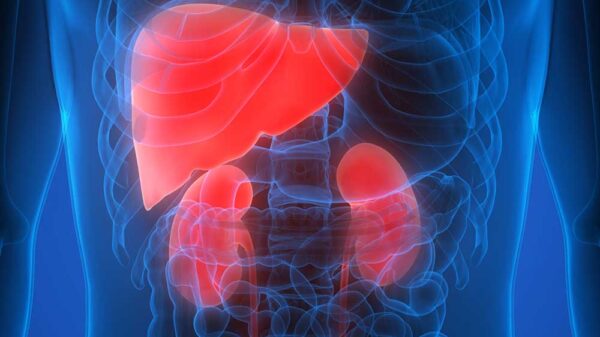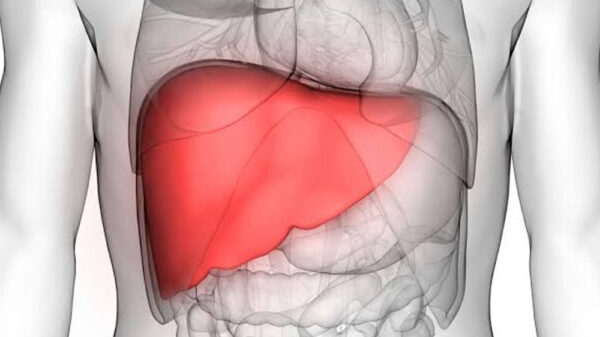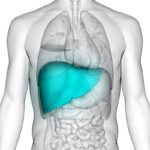This article focuses mainly on pelvis ascites, but first, let’s review what ascites is. What exactly is this condition? Ascites is, in fact, a disorder wherein fluid accumulates in small pockets within the abdomen. If serious, ascites can be quite painful. The difficulty may prevent you from getting around comfortably. More so ascites could set the state of abdominal infection. Fluid may further transfer toward your chest then start to surround your lungs thereafter. This will make it difficult to breathe.
What is causing ascites? The most frequent reason behind ascites disorder would be cirrhosis associated with the liver. Drinking way too much alcohol is, in fact, the most common factor that causes cirrhosis as well. Different forms of cancer can also lead to this disorder. Ascites brought on by cancer most frequently takes place in a recurrent or advanced type of cancer. To add ascites is often brought on by other problems related to heart problems, levels of low protein, infection, and dialysis. Exactly what are the signs of ascites? These would be gaining weight, easily feeling full even without eating, sensations of heaviness, swelling within the abdomen, nausea, vomiting, bloating, indigestion, swelling of the lower area of the legs, difficulty breathing, to hemorrhoids. Keep reading to learn more about ascites in the abdominal/pelvic region.
Pelvis Ascites
Before proceeding, it’s important to differentiate the abdomen from the pelvis. But in this case, pelvic pain can be mistaken for abdominal pain as these areas found in your body are found near to each other. Your pelvis is found in that lower area of the torso. It is just in between your abdomen, in fact (not the same as abdomen), and your legs. This particular region gives intestines their support. They addition hold reproductive organs and the bladder in them.
Because of this, a female’s pelvis is typically much broader as compared to a male pelvis. When you experience pelvic pain, understand that it is your abdomen that may be having this specific pain. So realistically, and medically speaking, it is not pelvis ascites, rather an abdominal issue; discomfort in the abdomen considering ascites would be fluid build-up when you look at the abdomen.
This particular buildup leads to swelling, which very often develops over a couple of weeks. Although, it also can happen within a mere few days. Since fluid collects within the abdomen, it may begin to affect the lungs, kidneys, as well as other organs inside of your body. Countless underlying diseases are blamed for resulting in ascites, among them tuberculosis, pancreatitis, an underactive thyroid, kidney disease. However, the principal and leading factors which cause ascites would be these three: cancer, cirrhosis (liver disease), and cancer.
Ceasing any alcohol intake, exercising, quitting smoking, keeping up a healthy and balanced weight, plus reducing salt intake often helps prevent cancer or cirrhosis which will result in ascites.
Ascites is incurable, but a change in lifestyle and treatment plans may reduce complications. Ascites develops when cancer is affecting the ff. areas:
- Liver
- Peritoneum
- Lung
- Breast
- Ovaries
- Stomach
- Pancreas
- Bowel
- Womb
- Lymphatic system
Ascites is quite painful, and for the most part, causes an individual to feel and go through, much less hunger, nauseated, fatigued, breathless, continuous constipation, as well as urinary urgency.
Ascites Diagnosis and Prevention
To identify the explanation for what’s causing a possible ascites occurring inside the body, the doctor, as well as other health care specialists, will inspect the abdominal area to ascertain exactly just how much fluid accumulated within the peritoneal cavity. The doctor might perform several tests on you, from a kidney check, liver function examination, urine collection (24 hours), test for a bleeding check, as well as abdominal ultrasound.
The steps to assist you to eliminate cirrhosis associated with the liver can possibly prevent ascites from building up. As mentioned earlier, devoted habits like regular exercise, ceasing alcohol consumption, salt limitation, to healthy weight maintenance are foundational.
Potential causes of Pelvic Pain
Sometimes, it may not be as serious as your pelvic pain seems. Let’s have a look at other reasons why you’re going through pelvic pain.
There are several causes, which may include:
1. Constipation
It may just be constipation. Constipation could actually cause pelvic pain, particularly when it affects your lower portion of the colon. This particular pain has a tendency to go away as soon as one has performed a bowel movement.
2. Other intestinal concerns
A number of other intestinal ailments could draw out pain when you look at the pelvis or lower abdomen. These generally include ulcerative colitis, irritable bowel syndrome, and diverticulitis.
3. Fibroids
Fibroids are non-cancerous small lumps within the uterus. They are going to cause pain through the entire pelvis as well as your lower back. Fibroids also can result in rectal pressure to bladder pressure, in addition to having this sense of the need to visit the bathroom much more frequently.
4. Endometriosis
Endometriosis occurs whenever tissue, like uterine lining, will begin to develop outside the uterus. It may bleed during the menstrual period, then start to glue to other various organs which leads to pain, followed by other symptoms.
The area which holds the pain hinges to where tissue implants. Though some people experience observable symptoms just for the duration of menstruation, other individuals experience this pain in other periods of their cycle.
5. Ovulation pain
Ovulation pain would be a minor to moderate distress through the middle section of a menstrual period. This pain may continue for a few moments or as much as a couple of days. This painful sensation may feel like a small cramp or perhaps even piercing and sudden. It is really not indicative of a root problem.
You have now gathered more information regarding minor pelvic concerns to actual more painful abdominal or pelvis ascites that may lead to more serious symptoms or pains when not treated properly; as early as now, it is best to seek a physician if the symptoms you’ve read about will persist.
